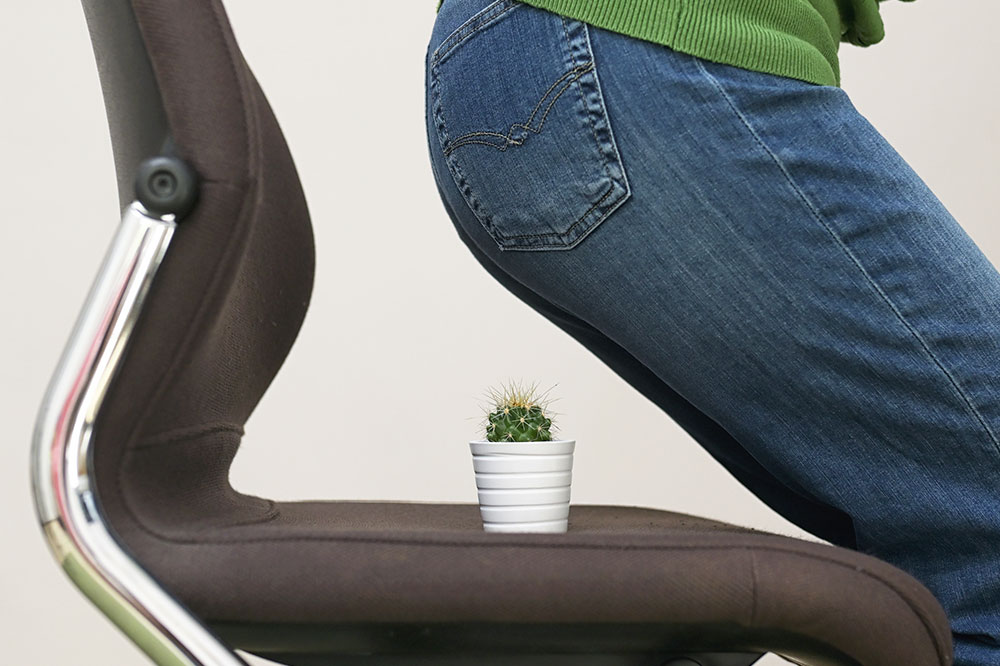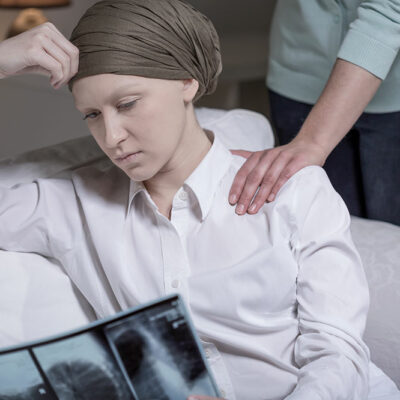
5 Risk Factors Linked to Hemorrhoids
Hemorrhoid is a condition wherein the veins or blood vessels in the lower rectum region swell due to irritation. Men and women are at an equal risk of developing the condition, and several factors contribute to this risk. Here is a brief overview of how hemorrhoids can develop among adults between 45 and 65.
1. Genetic disorders
Certain genetic disorders increase the risk of hemorrhoids. For example, inherited conditions like Ehler-Danlos syndrome can trigger a reduction in the production of collagen (elastic tissue). This impairs the functioning of pelvic floor muscles. Persistent hemorrhoids may also lead to rectal prolapse, wherein the large intestine may wholly or partially slip out of the body due to muscle problems. Genetic defects can also result in the absence of vital valves in the hemorrhoidal veins. This increases the risk of swelling and vascular pressure. Even a family history of the condition puts one at risk.
2. Pregnancy complications
Women are more likely to experience severe bouts of hemorrhoids during pregnancy. Primarily, hormonal changes may trigger the blood vessels to swell. Also, the added weight of the baby in the womb may push the pelvic muscles downward, putting pressure on the uterus. This dilates the flow of blood to the uterus and increases the risk of swelling and hemorrhoids. Women may also experience this inflammation after childbirth as labor and contractions affect the pelvic floor muscles to a great extent.
3. Common health complications
Any injury in the anal region or advanced liver disease that triggers an accumulation of fluids in the abdominal cavity can cause hemorrhoids. Crohn’s disease, ulcerative colitis, and even obesity increase the risk. Chronic diarrhea and constipation can also contribute to the development of hemorrhoids. In many cases, medications taken for managing symptoms of chronic illnesses can also trigger changes in the blood vessels.
4. Improper diet
Diet also influences the risk of certain conditions. If there is not enough fiber in one’s daily diet, it may lead to constipation, wherein the stool hardens. Difficulty in bowel movement hereafter increases the risk of hemorrhoids, as the hardened stool puts immense pressure on the tract that vacates feces. One may also observe bleeding due to tissue wear and tear. Even dehydration can contribute to constipation, so one must stay hydrated. Note that bowel movement problems influence the intensity of hemorrhoids to a great extent.
5. Strenuous physical activity
Any physical activity that puts extreme pressure on the general intestinal area can also trigger a hemorrhoids problem. Heavy lifting exercises while working out or even lifting awkwardly shaped objects can create a downward force that puts pressure on the pelvis.
Certain lifestyle and dietary changes can help manage the symptoms to a great extent.


